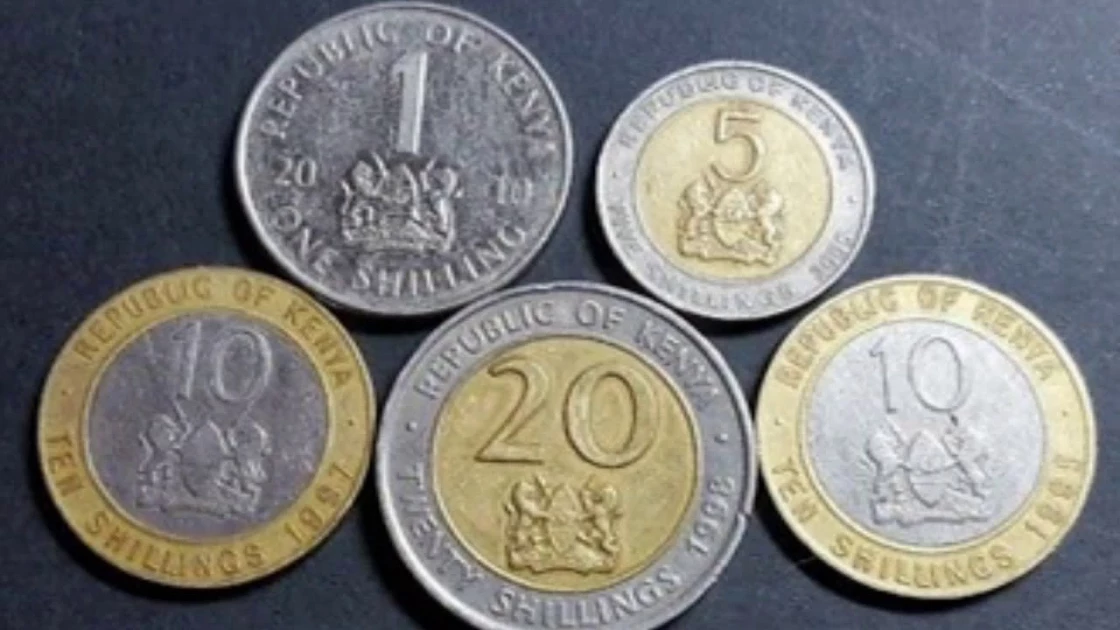Experts warn continuous stability of the Kenyan currency may be manipulated

null

Audio By Vocalize
The shilling is trading at an average of Ksh.128 to Ksh.131 against the dollar. It is this stability that experts now say has been manipulated.
According to experts, it is unusual for currencies to remain at the same level for a protracted period of time.
In the first quarter of 2024, the Kenyan shilling took its worst hit, significantly depreciating against the US dollar to trade at over Ksh.160 to the dollar in January, before gaining against the greenback to trade at Ksh.144 by mid-February, and later down to Ksh.127 in April 2024.
The currency has since been trading at an average of Ksh.128 to Ksh.131 to the dollar to date. This marks over a year of the Kenyan currency stability.
It is this stability that is now being put in question by the International Monetary Fund (IMF).
“They were in town two weeks ago, and one of the things they told us is that the exchange rate is too stable, yes on of the things the IMF told us when they were in town two weeks ago is that the exchange rate is too stable that they think it is interfering with the transmission and that it is interfering with inflation targeting,” Kenya Revenue Authority Chairperson Nderitu Muriithi told Citizen TV.
It is this proclamation that has the government fumbling to distance itself from the insinuation of currency manipulation.
David Ndii, Chair of Economic Advisors in President William Ruto’s office, says that the stability in the foreign exchange market is not policy-driven.
“A lot of these debates and the IMF asking whether it is too stable or too unstable is basically witchcraft, this is basically witchcraft we economists do, which can go this way or that way, but the policymaker has to be pragmatic,” says Ndii.
But according to Churchill Ogutu, an economist from IC Group, the numerous reasons given to support the stability of the shilling, such as portfolio inflows from infrastructure bonds, tapping into the international Eurobond, and increased diaspora remittance, still do not explain the protracted stability of the shilling.
According to Churchill, the stability of the Kenyan shilling is something to observe and study very clearly “because whichever witchdoctor that is he is very effective for now.”
“If you look at it all it just points to the stability being, or pointing to the management of the shilling to ensure that it is within the current level and why do I think it’s being managed, the restoration of the FX interbank market and the impact of all this is to at least ensure that that our external debt services is certain,” Ogutu says.
He, however, warns that although in the short term the move may reduce imported inflation by managing imports, it may not hold in the long term.


Leave a Comment